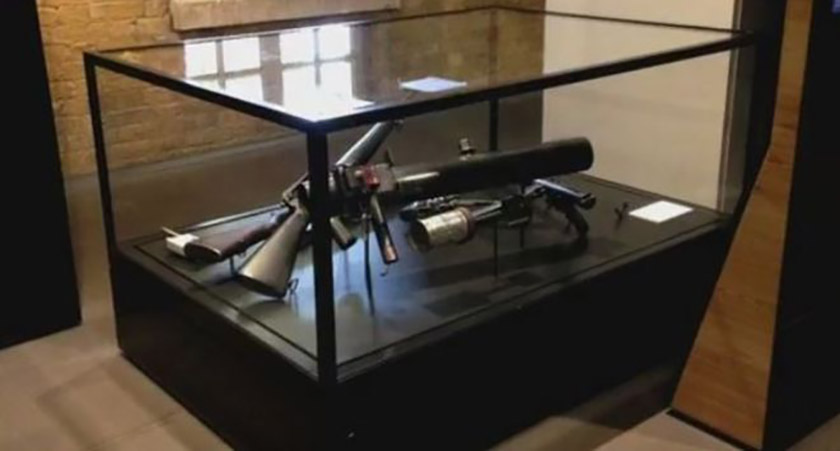THIS week marks the 25th anniversary of the Sean Graham bookmakers atrocity, which claimed the lives of five Catholics in south Belfast.
On February 5, 1992, two loyalist paramilitaries burst into the betting shop on the Ormeau Road and gunned down five Catholic civilians.
Relatives of the murdered men turned out at the site of the massacre this week to mark its 25th anniversary.
A prayer service was held and flowers were laid at a memorial at the site.
Lower Ormeau Resident’s Association spokesman John Gormley told those gathered that a Police Ombudsman report would be published shortly.
“The families fully expect the report to fully hold to account those responsible for colluding in, carrying out and covering up the attack and will accept nothing less," said Mr Gormley.
The Police Ombudsman's report is expected to be published later this year.
What we know about the killings…
1992 saw an escalation in loyalist terrorism
The beginning of 1992 witnessed an intensification in the campaign of violence carried out by the Ulster Defence Association.
Catholic civilian Phillip Campbell was shot dead at work on January 9, while the end of the month saw the killing of taxi driver Paddy Clarke and labourer Paul Moran.
The UDA soon decided that one-off killings were not sending a strong enough message.
The dead were aged between 15 and 66
The attack occurred at 2.20pm on a Wednesday afternoon when two masked men entered the shop and opened fire.
Fifteen customers were in the shop at the time of the attack, with 44 shots unleashed in a storm of bullets which killed five and injured nine.
Christy Doherty (52), Jack Duffin (66), James Kennedy (15), Peter Magee (18) and William McManus (54) were all killed. Teenager Kennedy survived until he reached the hospital, his final words reportedly being "tell my mummy that I love her".
The Ulster Freedom Fighters claimed responsibility
Shortly after the atrocity the Ulster Freedom Fighters (UFF) claimed that they had carried out the killings.
The UFF was a cover name for the Ulster Defence Association (UDA), membership of which was criminalised shortly after the incident.
The UFF said the massacre was in retaliation for the IRA killing of eight Protestant workmen at Teebane Crossroads in Co. Tyrone the month before.
It wasn’t the only attack on a betting shop that year
On the afternoon of November 14, 1992, another attack on Catholics occurred at a betting shop in north Belfast.
Two civilians were killed in James Murray's betting shop when a grenade was thrown through a window by a UDA attacker.
The UDA had been made an illegal organisation only a few months previously in August 1992.
No one was ever convicted for the killings
No one was ever found guilty over the atrocity but speculation persisted that two notorious UDA figures in the Annadale Flats had carried out the killings.
The two men were later killed in an IRA assassination in July 1994 which was hailed as revenge for the Sean Graham massacre.
On the 10-year anniversary of the attack in 2002 a commemorative plaque was erected at the site of the massacre. A new memorial stone was laid on February 5, 2012 for the 20th anniversary.
Rogue police officers may have been involved
 A VZ58 rifle believed to have been used in the killing is on display at London's Imperial War Museum (Picture: Imperial War Museum)
A VZ58 rifle believed to have been used in the killing is on display at London's Imperial War Museum (Picture: Imperial War Museum)The attack was one of a number to be investigated by the Historical Enquiries Team (HET) in 2010. It found that a pistol used by the gunmen had been given to them by the police.
According to the HET report this operation "would have required both the authority of a senior police officer and a recovery plan.”
Sinn Féin MLA Alex Maskey said at the time: "The finding by HET… will come as no surprise to the people of the Lower Ormeau area who have long known that a high degree of collusion took place in this attack."

